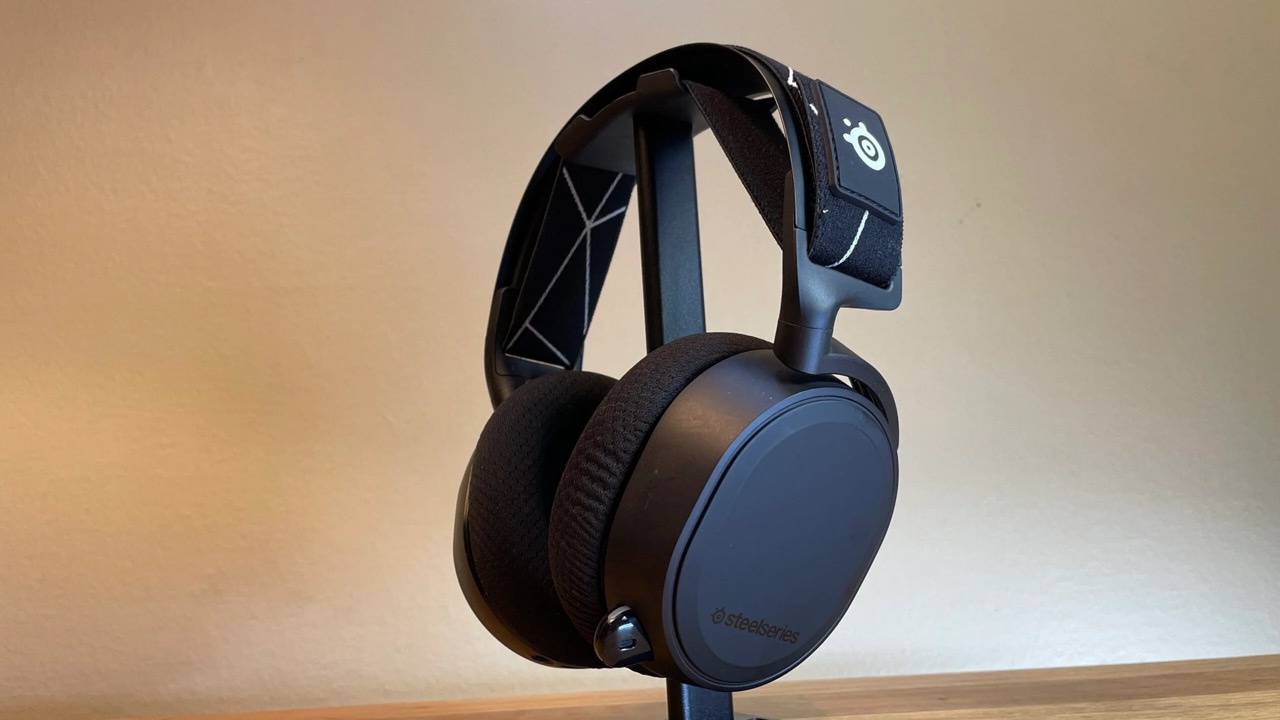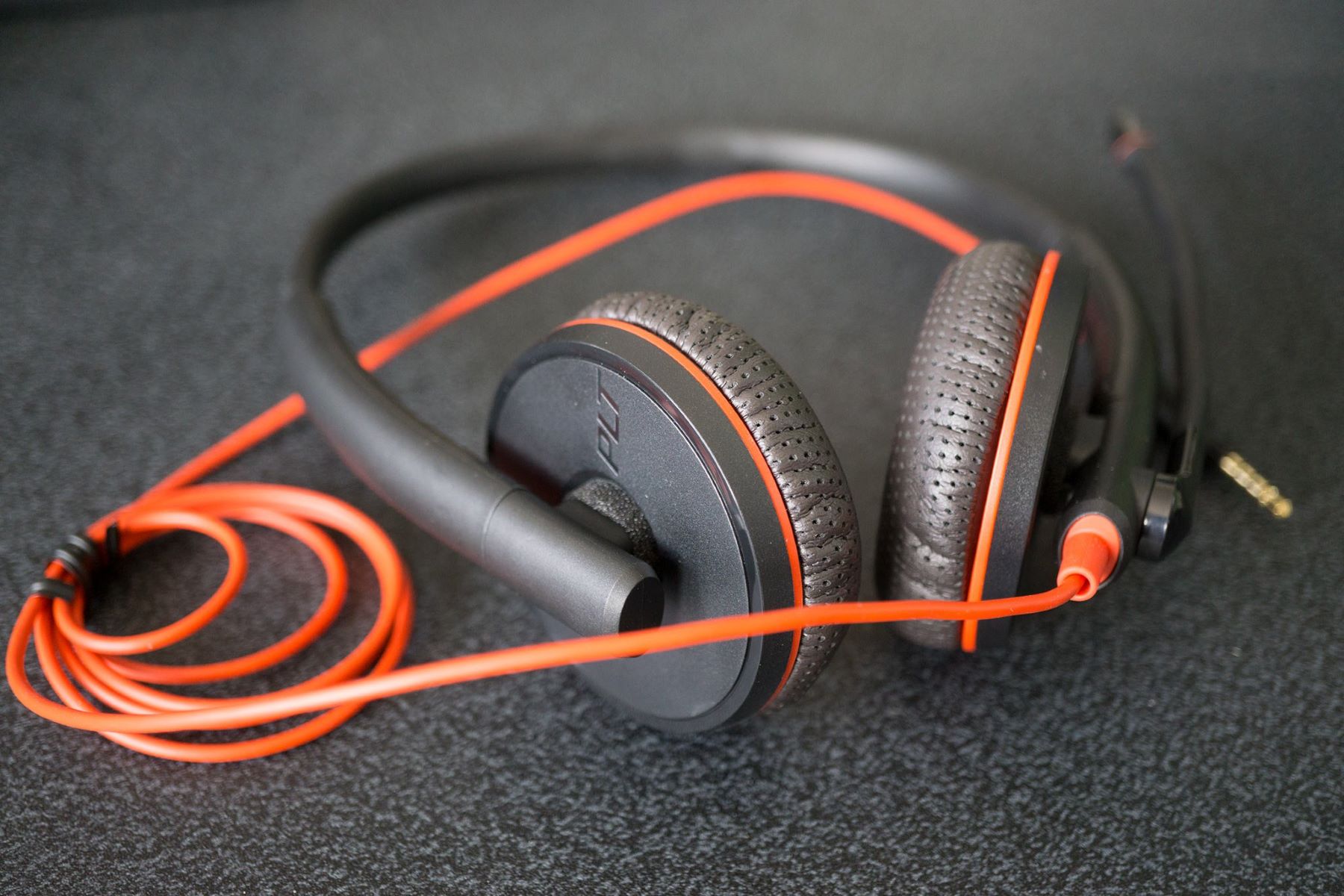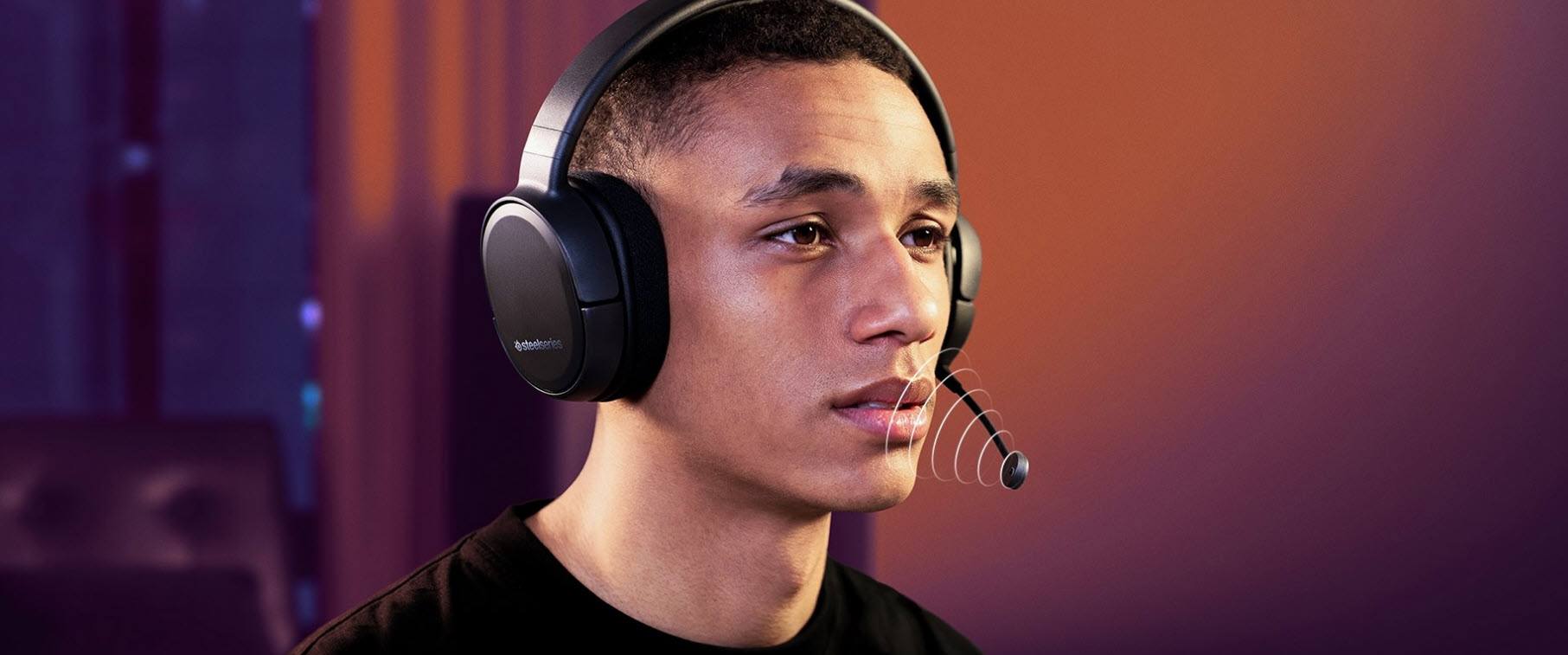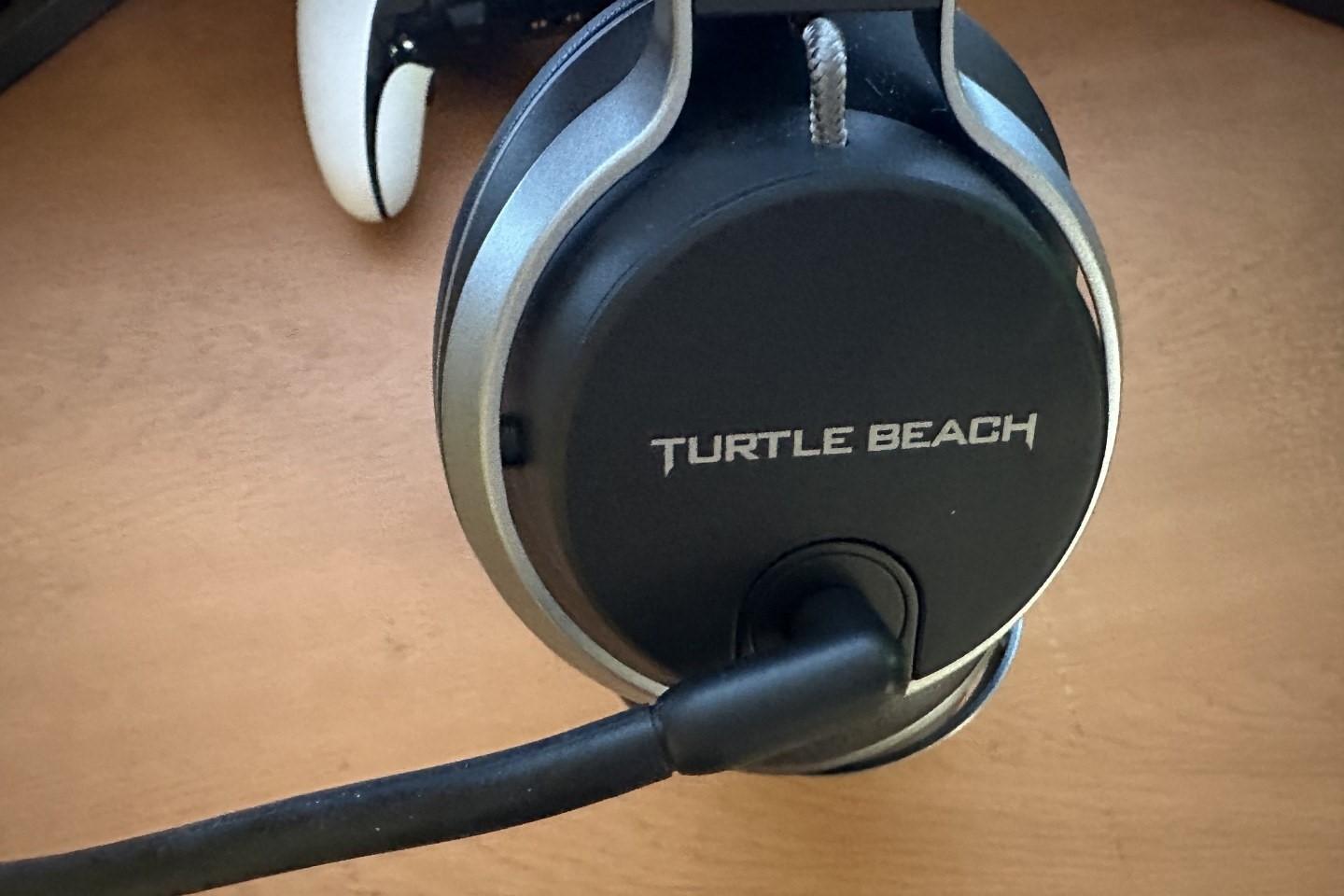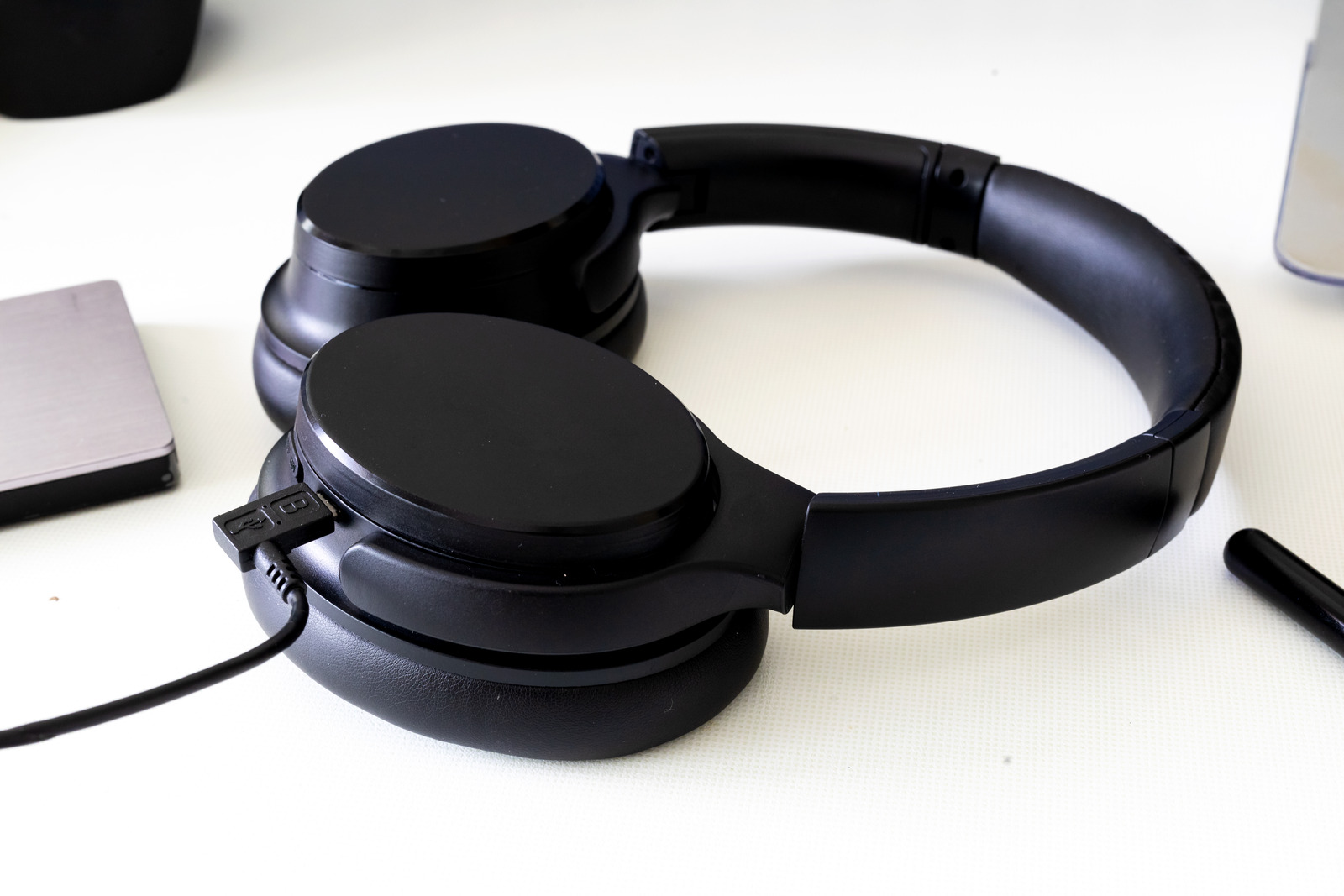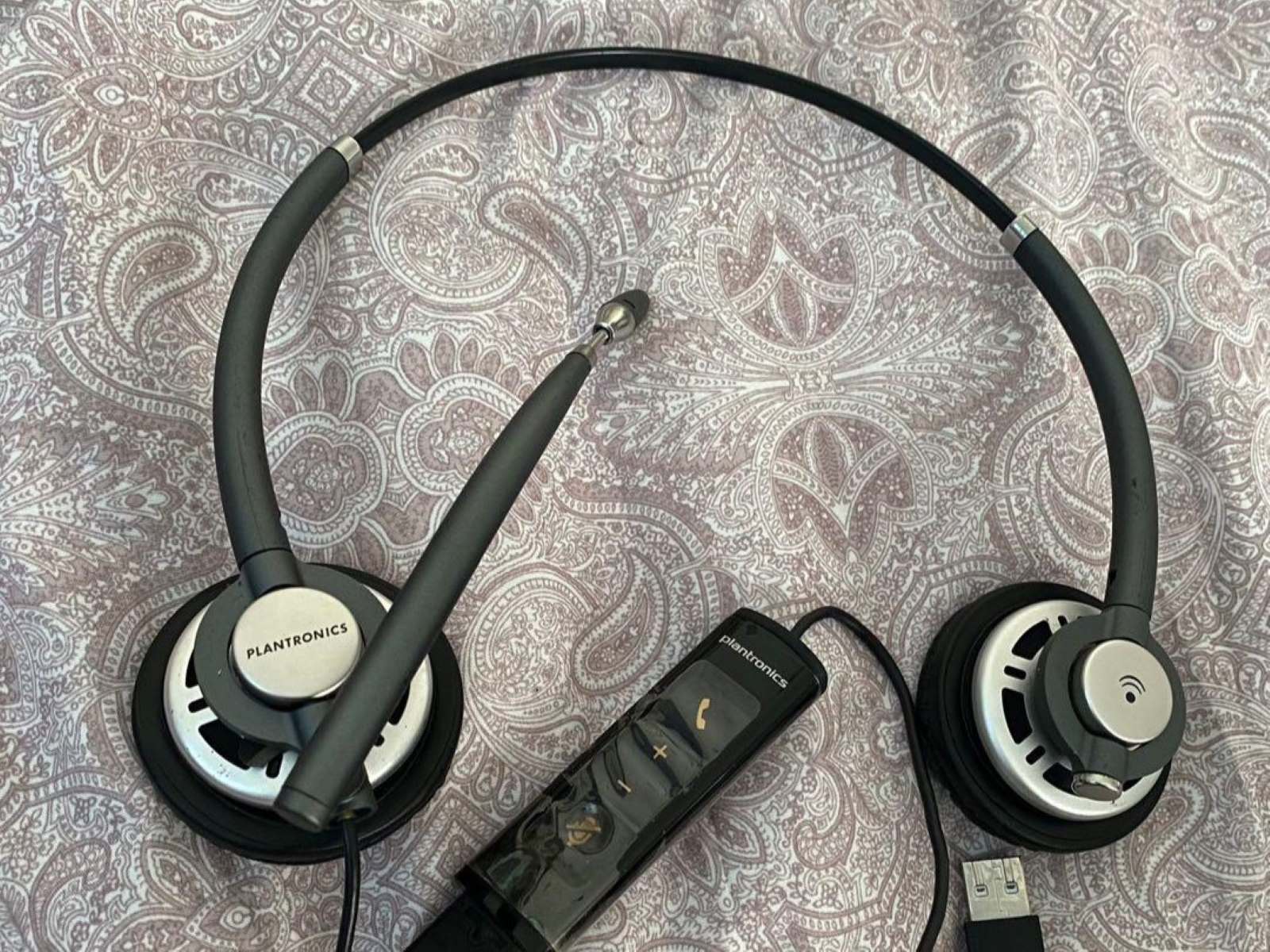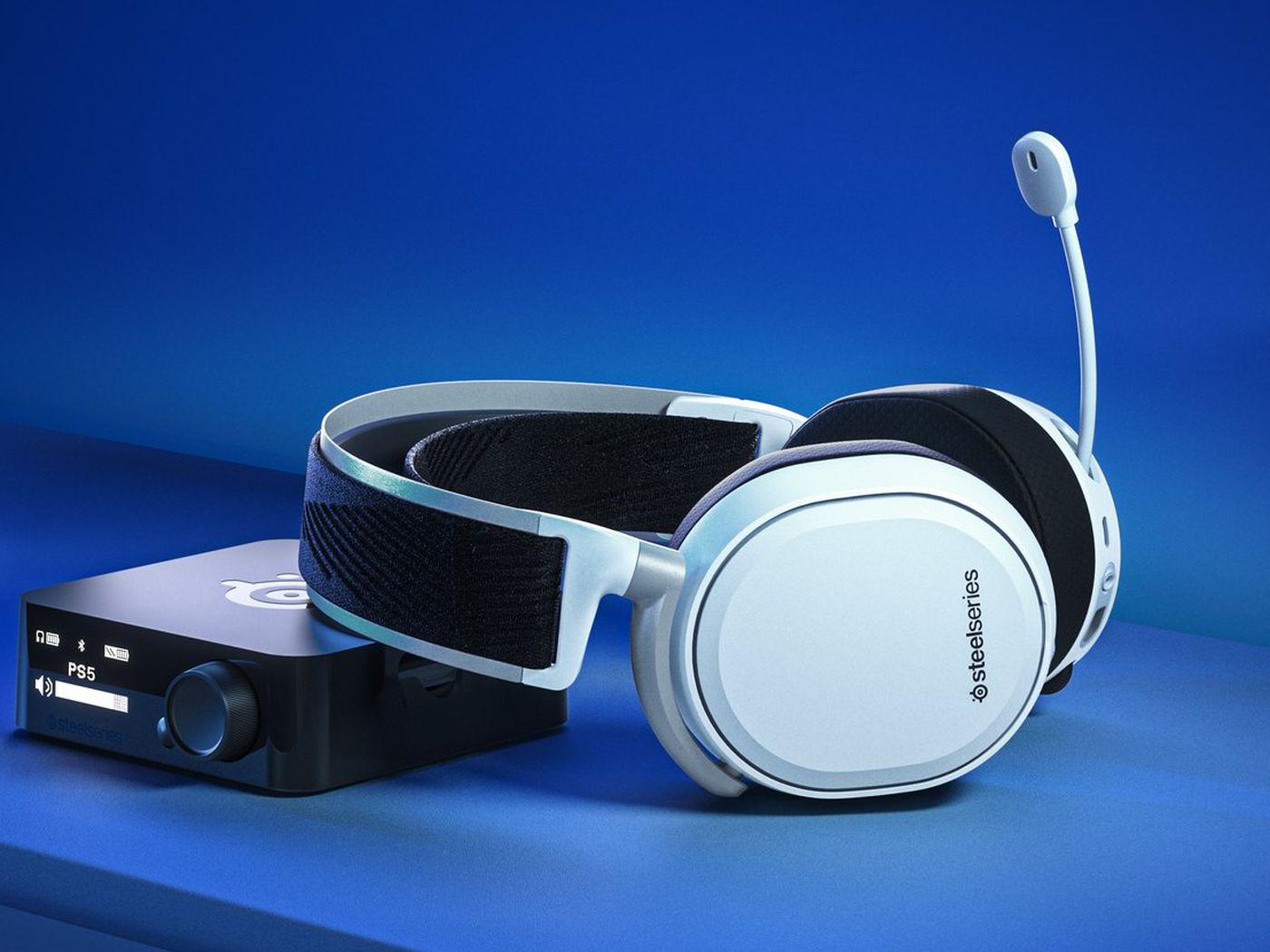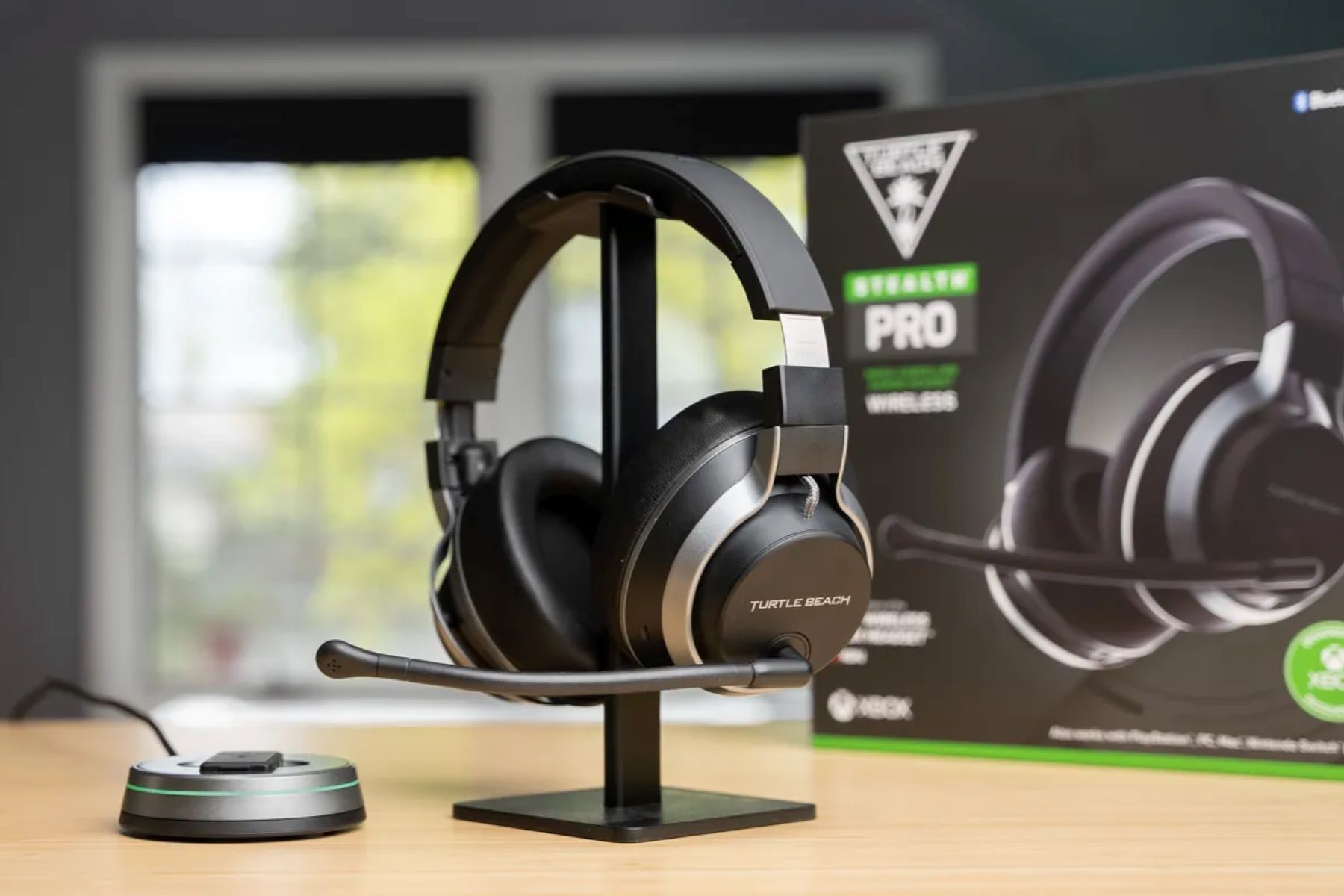Introduction
SteelSeries headsets are renowned for their exceptional audio quality and innovative features, making them a top choice for gamers, content creators, and music enthusiasts alike. However, some users have encountered a frustrating issue with the auto-shutoff feature on their SteelSeries headsets. This feature, designed to conserve battery life and promote energy efficiency, can sometimes lead to unexpected interruptions during use.
In this article, we will delve into the nuances of the auto-shutoff feature, explore the common issues users face, and provide comprehensive troubleshooting steps to help you resolve these issues. Whether you're a dedicated gamer, a professional streamer, or simply a music lover, understanding and addressing the auto-shutoff problem will ensure a seamless and uninterrupted audio experience with your SteelSeries headset.
Let's embark on a journey to unravel the mysteries behind the auto-shutoff feature and equip ourselves with the knowledge and solutions needed to overcome this inconvenience. Whether you're a seasoned SteelSeries user or a newcomer to the brand, this guide will empower you to make the most of your headset without the frustration of unexpected interruptions.
Understanding the Auto-shutoff Feature
The auto-shutoff feature is a built-in mechanism designed to conserve battery life and promote energy efficiency in SteelSeries headsets. When the headset detects a period of inactivity, typically around 10-30 minutes, it automatically powers down to preserve battery power. This functionality is especially beneficial for wireless headsets, ensuring that the battery isn't needlessly drained when not in use.
The auto-shutoff feature is a testament to SteelSeries' commitment to sustainability and user-friendly design. By intelligently managing power consumption, it aims to extend the battery life of the headset, ultimately enhancing the user experience. This feature aligns with the modern ethos of technology, where efficiency and eco-consciousness are paramount.
While the auto-shutoff feature offers tangible benefits, some users may find it inconvenient, especially in scenarios where they prefer the headset to remain active even during brief periods of inactivity. For instance, during gaming sessions, content creation, or simply when engrossed in an activity, the sudden interruption caused by the headset powering down can disrupt the flow and immersion.
Understanding the nuances of the auto-shutoff feature allows users to appreciate its intended purpose while also acknowledging the potential challenges it may pose. By gaining insight into how this feature operates and its underlying rationale, users can make informed decisions regarding its impact on their usage patterns and overall satisfaction with their SteelSeries headset.
In the subsequent sections, we will explore common issues associated with the auto-shutoff feature and provide troubleshooting steps to address these concerns. By equipping users with a deeper understanding of this feature, we aim to empower them to optimize their SteelSeries headset experience while mitigating the frustrations often associated with unexpected auto-shutoff occurrences.
Common Issues with Auto-shutoff
The auto-shutoff feature, while intended to conserve battery life and promote energy efficiency, can inadvertently lead to several common issues that users may encounter. Understanding these issues is crucial for effectively troubleshooting and resolving them. Here are the prevalent problems associated with the auto-shutoff feature:
-
Disruptive Interruptions: One of the primary issues users face with the auto-shutoff feature is the disruptive nature of unexpected power downs. During moments of inactivity, such as brief pauses in gaming or content creation, the headset may abruptly power off, causing an interruption in the audio experience. This can be particularly frustrating when users are engrossed in an activity and do not anticipate the headset shutting down.
-
Incompatibility with Certain Use Cases: The auto-shutoff feature may not align with specific usage scenarios where continuous audio monitoring is essential. For instance, in professional streaming setups or during critical in-game communication, the headset's auto-shutoff can interfere with seamless audio transmission, leading to missed cues and disruptions in communication.
-
Battery Conservation Overrides User Preferences: While the conservation of battery life is a commendable goal, some users may prefer to manually manage their headset's power state, especially in situations where they prioritize uninterrupted audio playback over prolonged battery life. The auto-shutoff feature, in such cases, may conflict with the user's preferences and usage patterns.
-
Perceived Lack of Control: Users may feel a sense of disempowerment when the headset autonomously decides to power down due to perceived inactivity. This lack of control over the device's behavior can lead to frustration and a diminished sense of agency in managing the headset's power state.
-
Unwanted Pauses in Audio Playback: In scenarios where the auto-shutoff feature triggers during audio playback, it can result in unwanted pauses or disruptions in the listening experience. This can detract from the overall enjoyment of the content being consumed, whether it's music, podcasts, or immersive gaming soundscapes.
By recognizing these common issues, users can gain clarity on the specific challenges posed by the auto-shutoff feature. This understanding serves as a foundational step in effectively troubleshooting and addressing these issues, as we will explore in the subsequent section.
Troubleshooting Steps
Resolving the auto-shutoff issues plaguing your SteelSeries headset involves a systematic approach that encompasses both technical adjustments and mindful usage practices. By implementing the following troubleshooting steps, you can regain control over the auto-shutoff feature and tailor your headset's behavior to align with your specific preferences and usage patterns.
1. Firmware Update
Ensuring that your headset's firmware is up to date is paramount. Manufacturers often release firmware updates to address performance issues and introduce new features. Visit the official SteelSeries website or utilize the SteelSeries Engine software to check for and install any available firmware updates for your headset model.
2. Customization via SteelSeries Engine
Leverage the customization options offered by the SteelSeries Engine software to fine-tune the auto-shutoff settings according to your preferences. Depending on your headset model, you may have the ability to adjust the duration of inactivity that triggers the auto-shutoff or completely disable this feature if it proves to be disruptive to your usage.
3. Active Usage Patterns
To prevent unintended auto-shutoff incidents, consider incorporating deliberate and intermittent interactions with your headset during periods of perceived inactivity. This can include adjusting the volume, tapping the controls, or engaging in brief voice commands to signal ongoing usage, thereby circumventing the headset's automatic power-down mechanism.
4. Battery Management
Optimizing your headset's battery management settings can contribute to mitigating auto-shutoff issues. Ensure that the battery is adequately charged before usage, as low battery levels may prompt the auto-shutoff feature to activate more frequently. Additionally, adhering to recommended charging practices can prolong battery life and minimize unexpected power downs.
5. Environmental Factors
Evaluate the environmental conditions in which you use your headset. Certain ambient factors, such as low audio input levels or minimal head movements, may inadvertently trigger the auto-shutoff. Adjusting these environmental variables, if feasible, can influence the headset's perception of activity and reduce the likelihood of premature power downs.
By methodically implementing these troubleshooting steps, you can proactively address the auto-shutoff challenges affecting your SteelSeries headset. Through a combination of software adjustments, mindful usage practices, and environmental considerations, you can regain control over the auto-shutoff feature and optimize your headset's performance to seamlessly align with your audio consumption preferences.
This comprehensive approach empowers you to navigate the nuances of the auto-shutoff feature with confidence, ensuring that your SteelSeries headset delivers a gratifying and uninterrupted audio experience across various usage scenarios.
Conclusion
In conclusion, the auto-shutoff feature, while well-intentioned in its aim to conserve battery life and promote energy efficiency, can present challenges for users of SteelSeries headsets. The unexpected interruptions, incompatibility with certain usage scenarios, and perceived lack of control over the device's behavior can detract from the overall user experience. However, armed with a deeper understanding of this feature and a set of proactive troubleshooting steps, users can effectively mitigate these challenges and optimize their headset's performance to align with their specific preferences and usage patterns.
By recognizing the common issues associated with the auto-shutoff feature, users can approach troubleshooting with clarity and purpose. The disruptive nature of unexpected power downs, particularly during gaming or content creation, can be addressed through deliberate interactions with the headset to signal ongoing usage, effectively circumventing the automatic power-down mechanism. Additionally, leveraging the customization options offered by the SteelSeries Engine software allows users to fine-tune the auto-shutoff settings, empowering them to tailor the feature according to their individual needs.
Furthermore, staying proactive with firmware updates, optimizing battery management practices, and evaluating environmental factors can collectively contribute to a more seamless and uninterrupted audio experience. These measures not only address the challenges posed by the auto-shutoff feature but also empower users to reclaim agency over their headset's behavior, fostering a sense of control and customization that enhances overall satisfaction with the product.
Ultimately, the journey to troubleshoot and overcome auto-shutoff issues with SteelSeries headsets is a testament to the adaptability and user-centric design philosophy of modern technology. By navigating these challenges and implementing the suggested troubleshooting steps, users can unlock the full potential of their SteelSeries headset, ensuring a gratifying audio experience across various usage scenarios.
In essence, the auto-shutoff feature, when approached with informed troubleshooting and proactive adjustments, can evolve from a potential inconvenience to a nuanced tool that harmonizes with the user's preferences, ultimately enhancing the overall utility and enjoyment derived from their SteelSeries headset.







